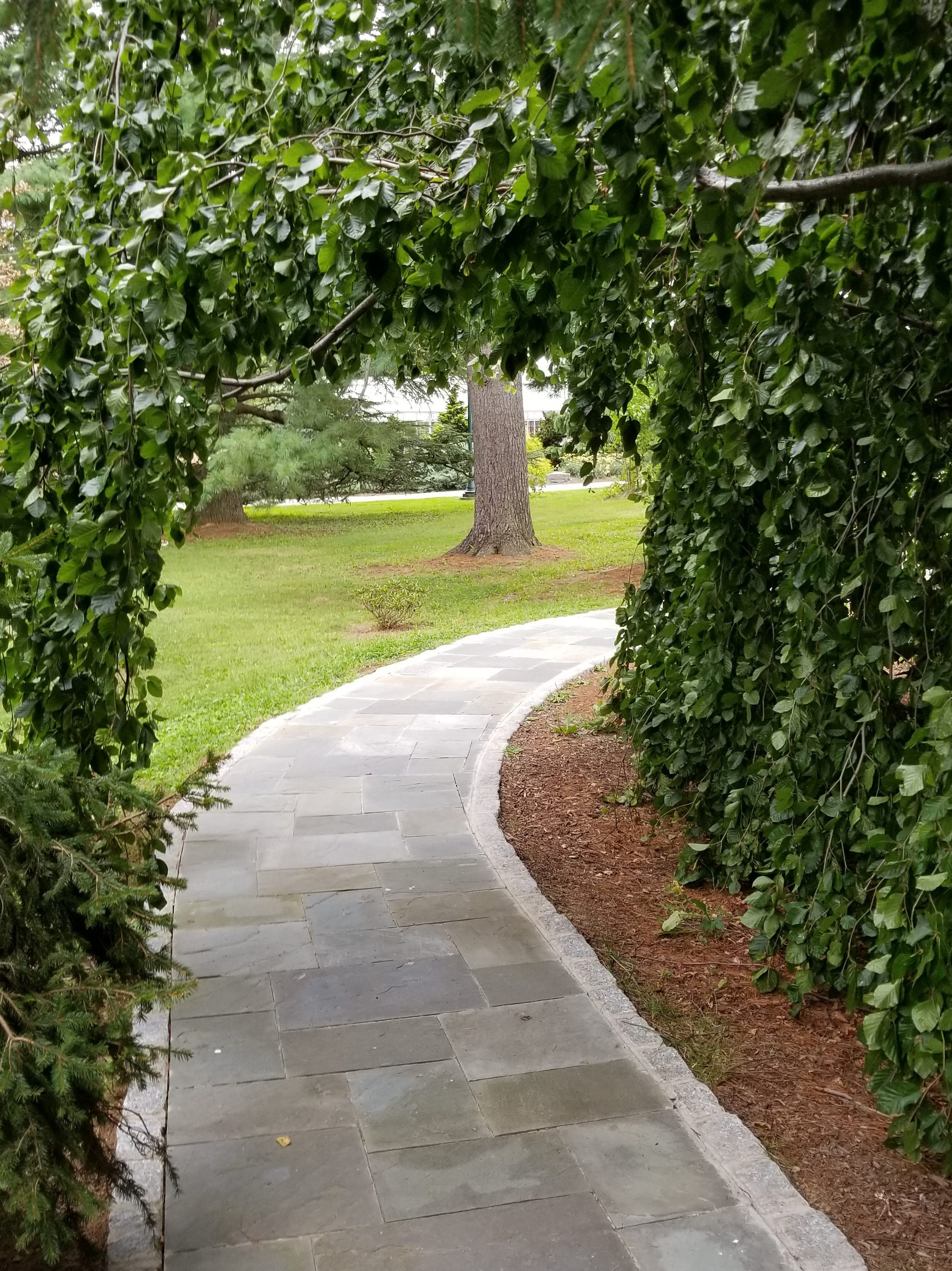The other day I was asked to identify a plant by a verbal description. Now as a horticulturist and an educator, this is nothing new. Sometimes I am lucky enough to be able to decipher the clues and come up with an answer. Most other times, however, I need some assistance in the form of a visual.
The question was “I have a plant in my yard that looks like it has tiny little pumpkins growing on it. Is it a weed?”
My answer to any “is it a weed?” question is almost always – do you like it where it is? And if they do – well then it is not a weed (with some invasive plant exceptions) because a weed is simply a plant you do not want growing where it is. But rarely is this a sufficient answer for the asker. They want to know: Is this a weed? Should I pulling it out? Would I be mortified if a horticulturist stopped by and saw this growing in my yard? DOES IT NEED TO BE ELIMINATED IMMEDIATELY?
In this case I needed a visual. Could it be the ornamental pumpkin on a stick (Solanum aethiopicum)that is popular around the fall holidays (and, incidentally, actually an eggplant)? Or perhaps even Chinese Lanterns (Physalis alkekengi)? Or maybe even the bur cucumber (Sicyos angulatis)? These all ran thorough my mind but I couldn’t answer the question based on the description alone – I didn’t have the right mental picture.
Here is a photo similar to the one I received:

Ahhh – those fruits sure do look like a little pumpkin.
These are Pokeweed fruits. Phytolacca americana is a native perennial plant struggling with its own perception problem. Supporting a wide diversity of bird species, this plant is often considered a weed. Its hot pink stems, large stature and bright green leaves almost give it a tropical appeal. But for the most part, it is removed as a weed. But I have convinced some of its value as a wildlife plant and even, some of those who are inclined to the garish in plants as I can be, of its ornamental merits.
That is the things about perception, it changes with education and experience.
This happens at the Arboretum as well. To our Landscape Architecture and Horticulture students it is an outdoor classroom where they learn the names and habits of a variety of plants. These gardens are a gorgeous backdrop to all the efforts going on inside the offices around campus as recruitment and scheduling and recreation happen. These gardens are the site of evening movies offered by the township to come community residents and a beautiful peaceful place to bring your dog for a walk to others. For some of our community this is the place where their mother or grandmother went to school for horticulture back when it was the Pennsylvania School of Horticulture for Women. For others down at the main campus, this may be a place they have heard of but never visited, even though we, and they, are part of Temple University. Alumni may have fond memories of the way things were when they took classes here.
Each of these groups may have just one way of viewing our Arboretum and our campus. But as we reach out to the community, connecting the students, the campuses, the staff and the residents, slowly but surely we all gain a new perspective on the value of this beautiful space. Most of us know it is valuable. But by understanding all the different ways to look at this campus our perspective broadens to the many ways this campus and the Ambler Arboretum are valuable. To everyone this becomes an invaluable place of learning, of progress, and of community.
So come for a visit, visit for a different reason than usual. Change your perspective about the Ambler Campus and the Ambler Arboretum. Find out what is going on here.
After all, I never saw pokeweed fruit as tiny pumpkins before. Now I will always see them that way.

